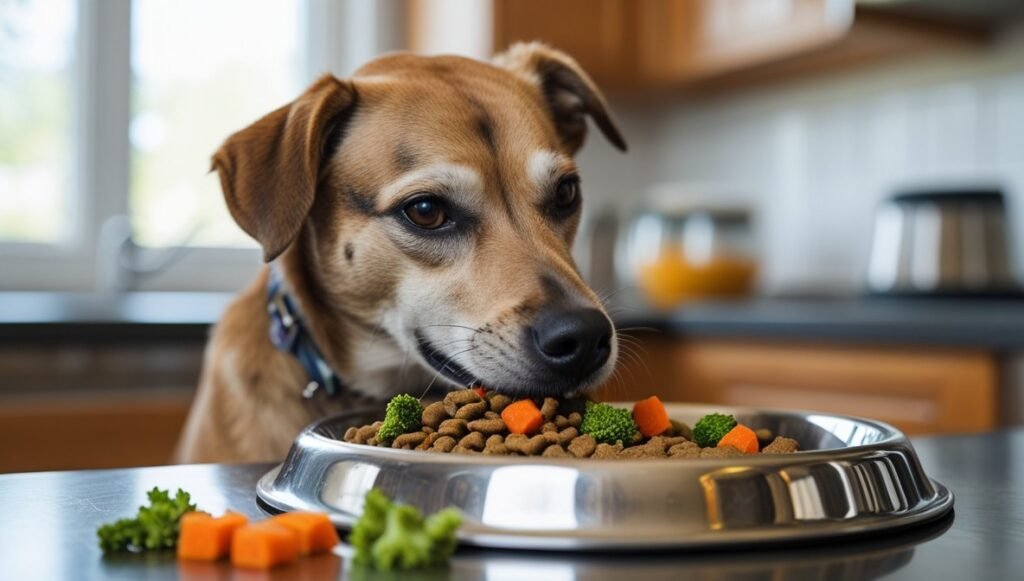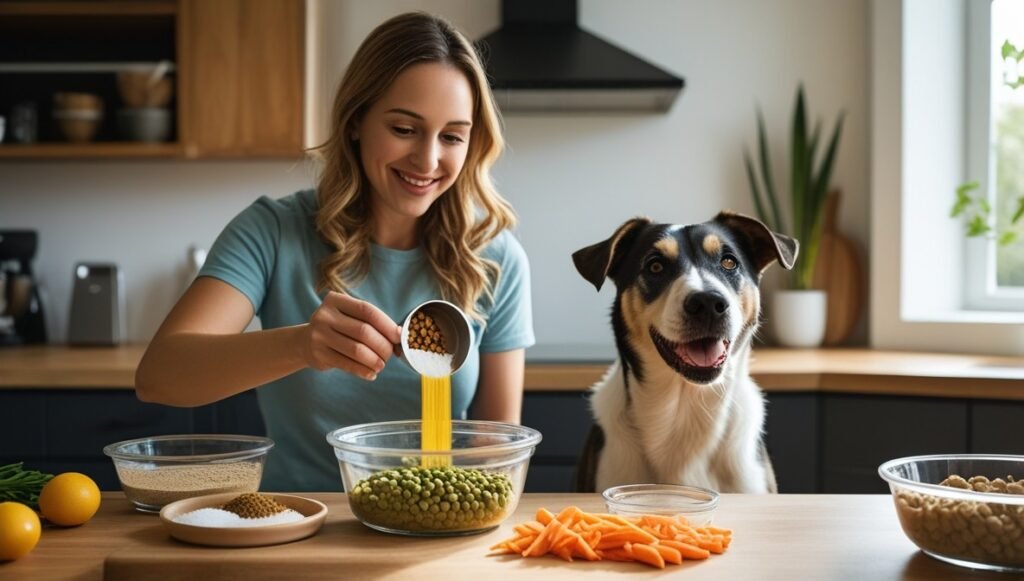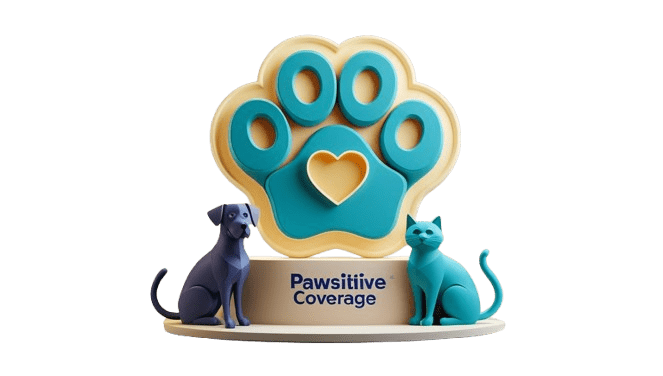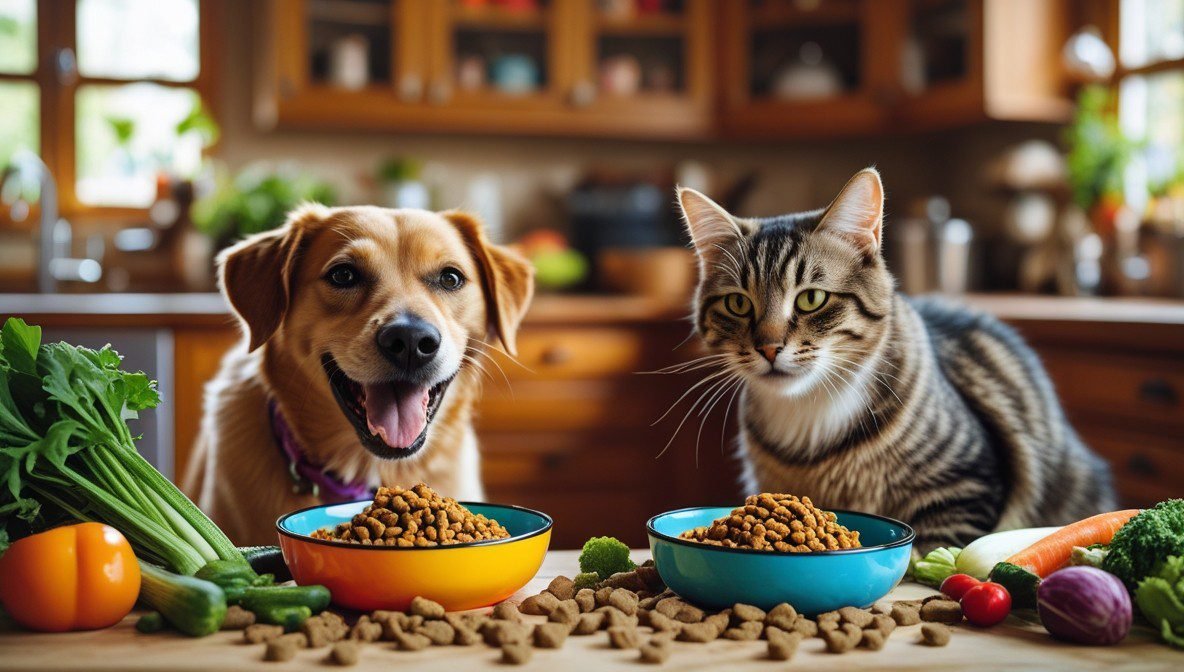I’m Michael Brooks, and if there’s one thing my rescue dog, Luna, has taught me, it’s that a healthy pet diet can make all the difference. Years ago, Luna’s squirrel-chasing antics led to a $3,000 vet bill—a wake-up call that started Pawsitive Coverage, my guide to help U.S. pet parents like you navigate pet care smarter, not harder. Back then, Luna’s energy was unstoppable, but her diet? Let’s just say her love for table scraps wasn’t doing her any favors. I learned the hard way that good nutrition isn’t just about filling the bowl—it’s about fueling a long, happy life. At Pawsitive Coverage, we’re not insurers, but we’re here to share clear, heartfelt advice. Today, I’ll walk you through crafting a healthy pet diet for your dog or cat, weaving in lessons from Luna’s journey and tips to keep vet bills at bay.
Why a Healthy Pet Diet Matters
Ever watched your pet bounce around the yard or nap contentedly after a meal? That’s what a healthy pet diet delivers—energy, shine, and fewer trips to the vet. I remember Luna’s early days: her coat was dull, and her tummy grumbled after sneaking my pizza crusts. A vet visit (and a hefty bill) showed me poor nutrition was stressing her system. Studies back this up: about 59% of U.S. dogs and cats are overweight, raising risks for diabetes and joint issues. Feeding your pet right isn’t just love—it’s prevention. A balanced diet can cut vet costs, which is why I always pair nutrition tips with smart insurance planning at Pawsitive Coverage. Curious about insurance to cover those unexpected visits? Check out our pet insurance guide for tips to protect your wallet.
Building Blocks of Pet Nutrition
Crafting a healthy pet diet starts with understanding what your pet needs. I learned this when Luna’s vet handed me a nutrition chart—it felt like decoding a dog park chat into science. Here’s the rundown for dogs and cats:
- Protein: The backbone of any diet. Dogs need 18-25% protein (think chicken or beef), while cats, true carnivores, thrive on 26-40%. Luna’s kibble now lists meat first—no fillers.
- Fats: Energy and shine come from fats (10-15% for dogs, 15-20% for cats). I switched Luna to fish oil-rich food; her coat’s never looked better.
- Carbs: Dogs handle grains like rice (if not allergic), but cats need minimal carbs. Luna gets oats for fiber, keeping her tummy happy.
- Vitamins and Minerals: Calcium, phosphorus, and vitamins A, D, E support bones and immunity. I check labels to avoid “mystery mixes.”
- Water: Hydration is key. Luna’s water bowl is always fresh—cats especially need wet food to stay hydrated.

I used to think “premium” food was a scam, but after Luna’s energy spiked on quality kibble, I’m a believer. Not sure how to budget for better food? Our pet finances post has tips to balance costs without skimping.
Choosing the Right Food for Your Pet
Standing in the pet store aisle, I once felt overwhelmed—kibble, raw, wet, grain-free? Luna’s pleading eyes didn’t help. Here’s how I pick now:
- Read Labels: Look for AAFCO approval (it ensures balance). Meat should top the ingredient list, not corn or “by-products.” Luna’s food has chicken and salmon—no vague “meat meal.”
- Match Life Stage: Puppies need growth formulas, seniors like Luna want joint support. Cats vary less, but kittens need extra protein.
- Consider Needs: Allergies? Weight issues? Luna’s grain-free trial flopped (she loves rice), but a friend’s cat thrives on hypoallergenic food. Ask your vet for tests if unsure.
- Mix It Up: I add wet food to Luna’s kibble for variety—cats often prefer it for hydration. A 70/30 kibble-to-wet mix keeps her excited.
Raw diets are trendy, but I stick to cooked food after reading risks (bacteria can hit 20% of raw batches). Whatever you choose, transition slowly—Luna’s tummy tantrum after a fast switch taught me that. Want to train your pet to love mealtime? Our training tips post shares hacks to ease picky eaters.
Homemade vs. Commercial: My Take
I once tried cooking for Luna—visions of gourmet dog meals danced in my head. Reality? Burnt chicken and a skeptical dog. Homemade diets can work, but they’re tricky:
- Pros: You control ingredients. A friend’s dog with allergies thrives on home-cooked turkey and quinoa.
- Cons: Nutrition gaps are real—only 10% of homemade diets meet AAFCO standards without supplements. I’d spend hours balancing calcium and taurine (vital for cats).
- My Choice: I stick to premium commercial food, vetted by Luna’s vet. It’s easier, and her bloodwork’s perfect.

If you go homemade, consult a vet nutritionist. Luna’s $3,000 bill came from an unrelated injury, but poor diets can lead to costly issues like urinary stones (common in 25% of cats). Insurance helps here—Pawsitive Coverage guides you to plans covering diet-related conditions.
Budgeting for a Healthy Pet Diet
Good food isn’t cheap—Luna’s kibble costs $60/month, about 15% of her care budget. But skimping risks bigger bills (obesity-related treatments hit $1,000+ yearly). My tips:
- Buy Smart: Bulk buys save 10-20%. I get Luna’s food online, checking sales.
- Portion Control: Overfeeding wastes money. Luna’s 2 cups daily keeps her trim.
- Supplement Wisely: Fish oil ($10/month) beats pricey “superfood” treats.
- Insurance Backup: Diet issues (e.g., diabetes) can cost $5,000/year. A good plan covers meds, not food, so I budget both.
I learned budgeting after Luna’s vet scare—nutrition and insurance go paw-in-paw. Pawsitive Coverage isn’t selling plans, but we help you plan smarter.
Avoiding Diet Disasters
Luna once snatched chocolate from a counter—panic ensued (and a $200 vet call). Toxic foods are real threats:
- Dogs: Skip chocolate, grapes, onions, and xylitol (in gum).
- Cats: Avoid milk (most are lactose intolerant), garlic, and raw fish.
- Both: No alcohol or caffeine—obvious, but I’ve seen “funny” TikToks that aren’t.
Table scraps? I limit Luna to carrots now—her begging face is tough to resist, but obesity risks aren’t worth it. Regular vet checks catch issues early; Luna’s annual exam ($150) ensures her diet’s on track.
Join Luna’s Healthy Diet Pack!
Feeding Luna right changed her life—her zoomies are proof. What’s your pet’s favorite meal? I’d love to hear! Download our free Healthy Pet Diet Checklist by emailing hello@pawsitivecoverage.com or visiting our Get in Touch page. It’s got portion tips, toxic food alerts, and label-reading hacks—perfect for busy pet parents. Share your diet wins, and we might feature them in our Pet Stories! Questions about vet costs or insurance? We’re not insurers, but we’re here to guide—reach out within 24-48 hours. Explore more at Pawsitive Coverage, where Luna’s lessons light the way to happy, healthy pets.

